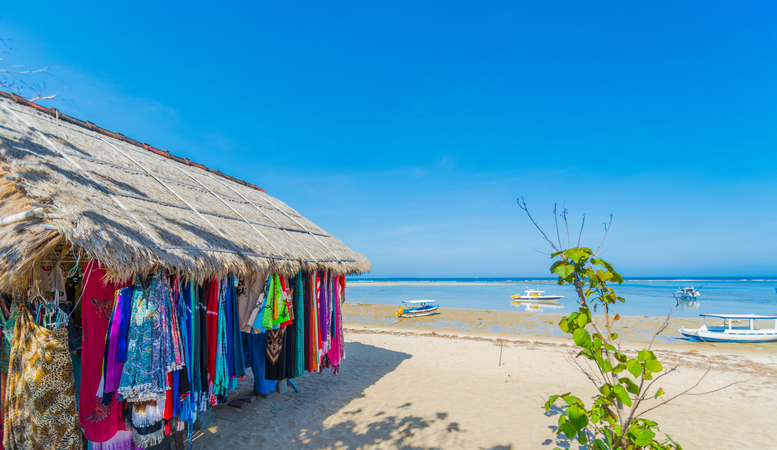Words by Lisa Bowman
The way we plan our holidays has changed dramatically in recent years. Remember when you were a kid and your parents used to come back from the travel agents armed with brochures? These days, thanks to widespread use of the internet and social media, we’re bombarded with inspiration every time we mindlessly scroll on our phones.
However, all too often, when we eventually get to that destination we’ve been frothing over for six months, we’re left feeling a bit deflated. Why isn’t the water as blue as it looked in those pics? What’s with all the rubbish? Wait…is that a Starbucks?
Over-editing photos isn’t a new phenomenon. In fact, back in 2012 photographer David Byrne was stripped of Take A View’s Landscape Photographer of the Year award when people noticed he’d over-manipulated his image. We’re constantly being reminded that models and celebrities are airbrushed and that we shouldn’t compare ourselves to them, but no one ever mentions people’s holiday pics.
“Except I got a text from a pal… warning me that: ‘The beach is nothing like Instagram…’”
Like many people, I get a lot of travel inspiration from Instagram. Before heading to Bali this year, I went on a follow spree of relevant travel accounts, to get ideas of where to head to on the island. First stop was Canggu on the west coast – I had friends there and from what Instagram was throwing up, it seemed dreamy – all palm trees, white sand and turquoise waves.
Except I got a text from a pal who’d landed a few days before me, warning me that: “The beach is nothing like Instagram…” Of course, Canggu’s beaches are infinitely better than, say, Bognor, but the dark sand, abundance of litter and unsavoury pipes running into the murky water added a certain vibe that the ‘explore’ page on Instagram had failed to showcase.







